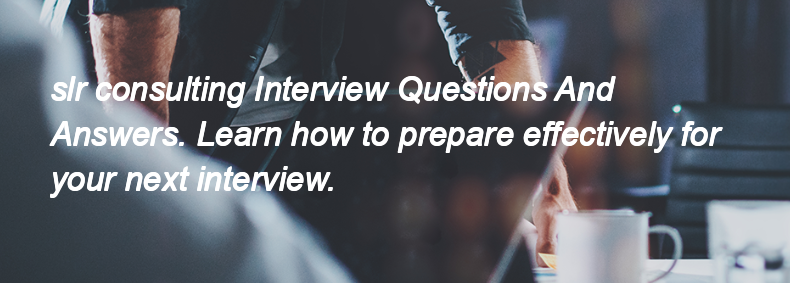Ques:- Daily job contribution role
Asked In :-
Cybage Software, SPARX IT SOLUTIONS, Energytech Global, KONE Elevator India, Xiaomi Technology India, APPSIERRA SOLUTIONS, Pi Techniques, People Gamut HR Solutions, Rightpoint India Digital, ConQsys Information Technology,
Right Answer:
My daily job contribution role involves coordinating team activities, tracking project progress, managing timelines, facilitating communication among stakeholders, and ensuring that project goals are met efficiently.
My daily job contribution role involves coordinating team activities, tracking project progress, managing timelines, facilitating communication among stakeholders, and ensuring that project goals are met efficiently.

